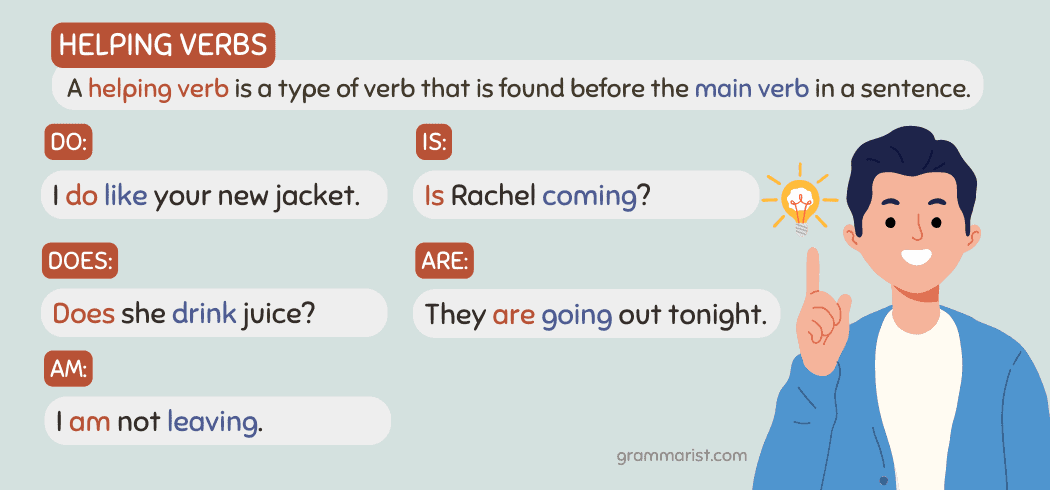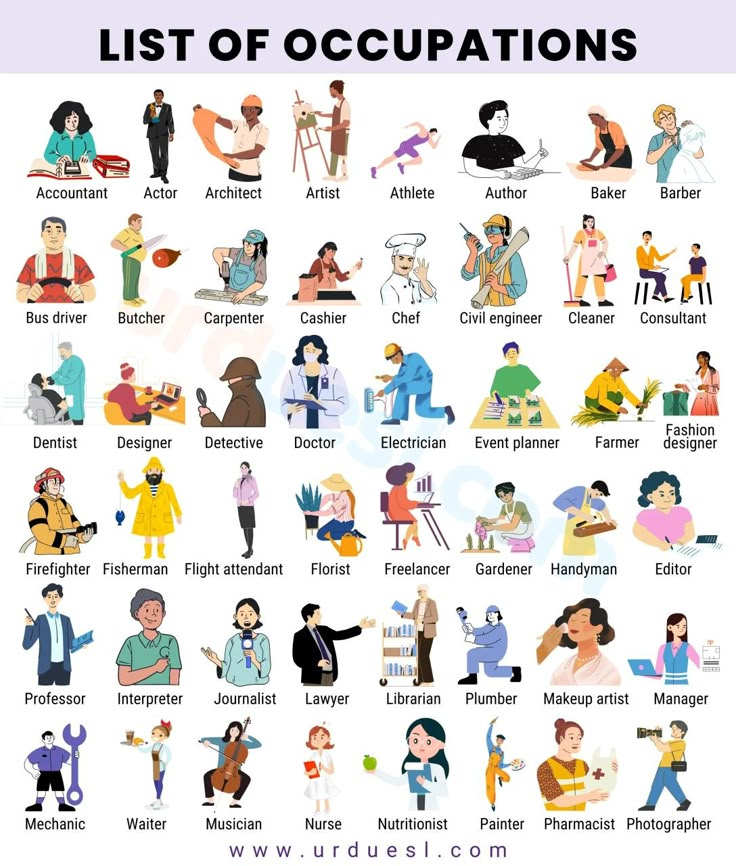Become a Fashion Creative Director: Skills, Portfolio, Experience, and a Realistic Roadmap
Overview: What a Fashion Creative Director Does
A fashion creative director leads the creative vision across collections, campaigns, and brand storytelling. Typical responsibilities include overseeing design concepts, guiding teams, aligning aesthetics with brand strategy, and ensuring cohesive execution across shows, lookbooks, and marketing. They track trends, direct shoots, and shape how products appear to consumers and media [1] . The role demands a compelling creative vision, strong communication, business acumen, and leadership to unite design, merchandising, and marketing around a clear narrative [2] .

Source: pinterest.com
Core Competencies You Need
Creative Vision and Storytelling. You’ll be expected to craft an original yet brand-true vision, then translate it into collections and campaigns. This includes mood systems, color and fabric direction, silhouette strategies, and seasonal narratives. As highlighted by industry guidance, the most critical skill is articulating and communicating that vision so teams can execute it consistently [2] . A practical approach is to build seasonal briefs that include a point of view statement, reference boards, and key looks.
Leadership and Team Direction. The position centers on leading cross-functional creatives-designers, stylists, art directors, producers-and making decisions under deadline pressure. Strong planning, delegation, and communication are repeatedly cited as core director requirements in fashion job templates and role descriptions [3] [4] . To develop this skill, take on project lead roles early, practice feedback frameworks (e.g., objective-observation-request), and create calendars that align design, sampling, and marketing milestones.
Business Acumen. Today’s top creative leaders pair taste with market sense-understanding consumer behavior, positioning, and performance metrics. Recognized industry advice underscores that creative leaders increasingly act as marketers and brand builders as much as designers [2] . Develop literacy in sell-through, margin, pricing architecture, and channel strategy. Sit in on merchandising and e-commerce reviews whenever possible to learn how creative choices influence revenue.
Trend and Market Research. Directors stay ahead by studying runway cycles, retail feedback, and cultural shifts. Routine responsibilities include trend research and upcoming-season analyses, often via shows, publications, customer conversations, and store visits [1] . Build a habit of creating quarterly macro and micro trend decks, annotating how each informs fabric, silhouette, and campaign tone.
Step-by-Step Roadmap to the Role
1) Build a Targeted Portfolio (6-18 months). Create a curated body of work that proves your ability to set and execute a vision. Include three to five projects: a full seasonal capsule (with design boards, spec highlights, and runway/styling direction), a rebrand or campaign concept, and a cross-channel launch plan (lookbook, window, social art direction). Hiring teams expect tangible evidence of concept-to-execution leadership in creative director tracks [5] . Present before-and-after rationales, key metrics you would track (e.g., engagement, sell-through), and production-ready files where relevant.
Example:
Reimagine a heritage label’s denim line. Define the heritage pillars, modernize fits and washes, propose materials, and direct a campaign that ties craft with contemporary culture. Show visual identity refresh and omnichannel placements.
2) Acquire Cross-Functional Experience (2-5 years). Many directors advance after experience in roles such as designer, merchandiser, buyer, stylist, or art director-paths that expose you to both product and market realities. Job templates note that directors are expected to coordinate shoots, lead brand campaigns, and evaluate trends and product potential, activities you can start earlier in your career [3] [4] . Intentionally rotate through projects that involve:
- Design development: fabric and trim selection, tech pack review, fittings.
- Merchandising: line architecture, pricing ladders, channel assortments.
- Marketing: brief writing, campaign concepts, shoot direction.
- Retail feedback: store visits, clienteling insights, returns analysis.
3) Lead Creative Projects End-to-End (ongoing). Volunteer to direct a lookbook or capsule launch. The role commonly includes photoshoot direction-model casting, photographer selection, location and styling coordination-to maintain collection coherence [1] [3] . Document briefs, shot lists, budgets, and timelines to demonstrate operational control.
4) Develop Business and Strategy Fluency (ongoing). Artistic directors are increasingly evaluated on how well creative decisions ladder up to brand positioning and customer demand [2] . Partner with merchandising on option counts and with finance on margin impact. Propose test-and-learn drops and measure traction by SKU velocity and narrative engagement.
5) Move into Senior Creative Leadership (1-3 years). Aim for roles like senior designer, head of design, or associate creative director where you oversee teams and own brand pillars. Leadership-focused job descriptions emphasize planning, project management, and cross-team influence as a precursor to director-level authority [5] [3] . Build a track record of on-time deliveries, cohesive collections, and measurable brand lift (e.g., increased average order value tied to styling directives).
Education, Training, and Alternatives
Formal Education. Many postings prefer a bachelor’s degree in fashion design, merchandising, or a related field, while acknowledging that equivalent experience can substitute in some cases [3] [4] . If you pursue a degree, select programs with strong studio practice plus business and marketing electives.
On-the-Job Pathways. Some directors begin in sales, merchandising, or buying before moving into creative leadership; these routes deepen commercial instincts and trend literacy [4] . Pair this with self-driven creative projects to keep your portfolio sharp.
Continuous Learning. Stay current by analyzing runway seasons, visiting stores, and reading trade media. Directors routinely research industry and fashion trends to guide upcoming seasons and product stories [1] . Build a quarterly habit of publishing internal trend notes.
Day-to-Day Execution: What to Practice Now
Brief Writing and Vision Decks. Write a one-page brief per project stating the brand narrative, consumer insight, silhouette direction, color/fabric POV, and campaign tone. Reference the importance of communicating concepts clearly to design teams to manifest the collection [2] . Use consistent visual systems so teams can align quickly.
Creative Operations. Implement calendars that back into show or delivery dates. Build shot lists, casting grids, and location options to direct photoshoots and ensure consistency with the collection’s look and feel-common duties for the role [1] [3] . Track budgets and timeboxes to avoid overruns.
Feedback and Review Rituals. Set weekly creative reviews with clear gates: concept, line build, prototype, styling, and final assets. Leadership involves motivating teams, maintaining standards, and managing timelines noted in director-level descriptions [3] [5] .
Breaking In: Applications, Interviews, and Networking
Applications. Tailor your portfolio to each brand’s heritage and positioning. Include a two-page case study showing how your direction would honor their DNA while modernizing product and campaign. Emphasize cross-functional outcomes (e.g., merchandising cohesion, content systems) aligned with the leadership and planning expectations for director roles [3] [5] .
Interviews. Prepare to walk through concept formation, market insight, and execution details. Expect scenarios involving trend response, coordinating shoots, and balancing creativity with commercial targets-key responsibilities cited for fashion directors and creative leaders [1] [4] .
Networking. Engage with stylists, editors, and photographers whose collaboration is core to director roles; job templates stress maintaining strong professional relationships across these functions [4] . You can connect through industry events, showrooms, and collaborative editorial projects.
Common Challenges and How to Navigate Them
Balancing Vision and Commercial Reality. Your narrative must resonate with customers and drive desire, which is why business acumen is essential alongside creativity [2] . Solution: Co-create with merchandising, pilot limited runs, and use pre-orders or client feedback to validate riskier ideas.
Time and Resource Constraints. Directors often juggle calendars, budgets, and cross-team deliverables. The role inherently includes planning, project management, and on-time delivery expectations [3] [5] . Solution: Run weekly war-rooms near milestones, implement decision logs, and protect creative work blocks.
Maintaining Consistency Across Channels. You are accountable for a coherent brand across runway, retail, e-commerce, and social. Responsibilities typically include directing the aesthetic across teams and consumer touchpoints [1] . Solution: Define a seasonal style guide with do’s/don’ts, asset templates, and a centralized reference library.
Practical Pathways and Alternatives
In-House vs. Agency/Studio. In-house roles offer ownership of brand DNA and seasonal rhythm; agencies provide breadth across brands and fast iteration. Both can build portfolios proving you can set and steward a vision-core to senior creative job descriptions [5] .
Independent Capsule + Consulting. Launch a micro-capsule to demonstrate end-to-end capability-design, sourcing guidance, brand identity, and campaign. Document learning and results to strengthen director candidacy alongside roles in merchandising, styling, or art direction commonly seen on director paths [4] .
Action Plan: 90-Day Sprint
- Assemble a director-grade portfolio with three case studies (collection, rebrand/campaign, cross-channel launch) demonstrating strategy-to-execution leadership expected at director level [5] .
- Lead one full creative project: write the brief, build the mood and line direction, plan and direct a shoot, and publish a style guide-activities cited as central to the role [1] [3] .
- Develop a market memo: analyze two trend signals and translate them into product and campaign angles, reflecting the research expectations of creative leaders [1] [2] .
References
[1] Indeed (2024). How to perform the role of a fashion creative director.
[2] Glam Observer (2025). The role of the creative director in fashion and how to become one.
[3] Betterteam (2025). Fashion director job description and requirements.
[4] AvaHR (2025). Fashion director job description template and career path notes.

Source: blog.playstation.com
[5] Index.dev (2024). Creative director job description: leadership, planning, and strategy.


